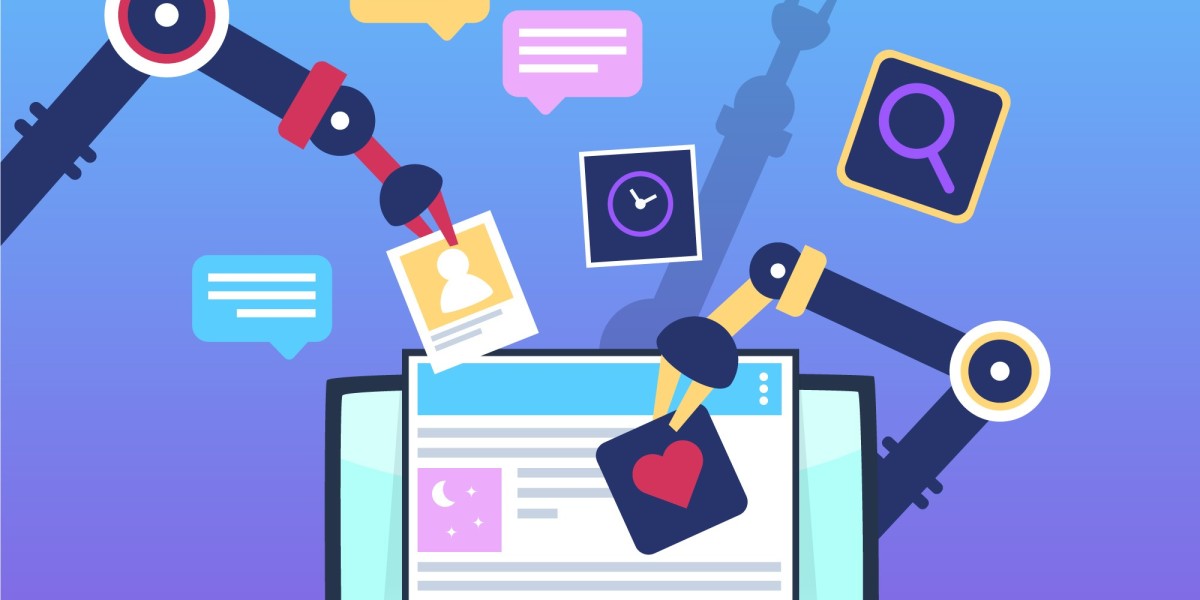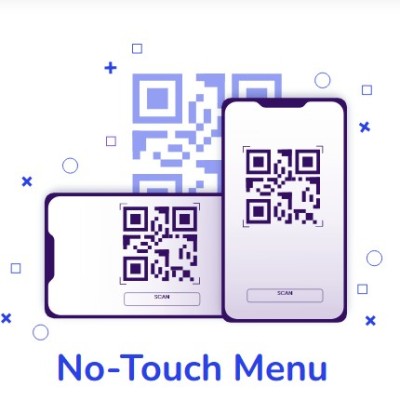Product launches and events are crucial for generating buzz, building brand awareness, and driving sales. However, managing all the moving parts — email campaigns, social media promotion, website updates, and more — can quickly become overwhelming. This is where Product Event Marketing Automation comes in.
By automating key aspects of your event marketing, you can free up your team’s time, improve efficiency, and ultimately achieve better results. Here’s a breakdown of how to simplify your Product Event Marketing Automation:
1. Define Clear Goals and Objectives
Before diving into automation, clearly define your goals for the event. Are you aiming to:
- Increase brand awareness?
- Generate leads?
- Drive product demos or trials?
- Boost sales?
Once your objectives are set, you can tailor your automation workflows accordingly.
2. Choose the Right Marketing Automation Platform
Select a platform that aligns with your specific needs and budget. Popular options include:
- HubSpot: Offers a comprehensive suite of marketing, sales, and customer service tools.
- Marketo: Known for its robust email marketing and lead-scoring capabilities.
- Pardot: A Salesforce-owned platform specializing in B2B marketing automation.
- ActiveCampaign: Offers a user-friendly interface with strong email marketing and CRM features.
3. Build a Comprehensive Contact List
- Identify your target audience: Who are you trying to reach with this event?
- Segment your lists: Create separate lists for different audience segments (e.g., prospects, customers, partners).
- Clean and validate your data: Ensure your contact information is accurate and up-to-date.
4. Create Engaging Content
Develop compelling content that resonates with your audience:
- Email campaigns: Craft personalized email sequences to nurture leads, send event reminders, and share post-event follow-ups.
- Social media posts: Schedule engaging social media posts across various platforms to build anticipation and drive event attendance.
- Landing pages: Create dedicated landing pages for event registration, featuring compelling visuals and clear calls to action.
- Website updates: Update your website with event banners, teasers, and relevant information.
5. Automate Your Workflows
- Trigger-based emails: Send automated emails based on specific triggers, such as website visits, form submissions, or event registrations.
- Social media scheduling: Schedule social media posts in advance to maintain a consistent online presence.
- Lead scoring: Assign scores to leads based on their interactions with your event marketing campaigns.
- Reporting and analytics: Track key metrics, such as email marketing open rates, click-through rates, website traffic, and social media engagement.
6. Personalize Your Messages
- Use dynamic content: Tailor email messages and website content based on individual recipient information, such as their name, company, and interests.
- Personalize subject lines: Increase email open rates by using personalized subject lines that grab attention.
7. A/B Test and Optimize
- Experiment with different subject lines, email copy, and call-to-actions.
- Analyze the results of your A/B tests to identify what’s working best.
- Continuously refine your campaigns based on your findings.
8. Leverage Retargeting
- Use retargeting ads on social media and search engines to reach users who have previously interacted with your event marketing campaigns.
- Remind them of the upcoming event and encourage them to register.
9. Post-Event Follow-Up
- Send automated thank-you emails to all attendees.
- Share event highlights and recap videos.
- Offer exclusive content or discounts to attendees.
- Conduct post-event surveys to gather feedback and identify areas for improvement.
10. Monitor and Adjust
- Regularly monitor your automation workflows and make adjustments as needed.
- Stay up-to-date on the latest marketing automation best practices and technologies.
Benefits of Product Event Marketing Automation:
- Increased Efficiency: Automate repetitive tasks, freeing up your team to focus on more strategic initiatives.
- Improved Lead Generation: Nurture leads more effectively and converts them into customers.
- Enhanced Customer Experience: Deliver personalized and timely communications that resonate with your audience.
- Better ROI: Track your results and measure the return on your marketing investment.
- Consistent Brand Messaging: Maintain a consistent brand voice across all channels.
Key Considerations:
- Data privacy and compliance: Ensure your automation efforts comply with relevant data privacy regulations, such as GDPR and CCPA.
- Budget and resources: Choose a platform and tools that fit within your budget and resource constraints.
- Team training: Provide your team with the necessary training and support to effectively use the automation platform.
By implementing a well-defined Product Event Marketing Automation strategy, you can streamline your efforts, maximize your reach, and achieve significant results. Remember to continuously analyze your data, refine your campaigns, and adapt to the ever-evolving marketing landscape. Explore Ciente for more Event Marketing Content.
By following these guidelines, you can simplify your Product Event Marketing Automation and drive successful outcomes for your next launch.










